If you’ve ever given a room (or the entire house) a fresh coat of paint only to discover that your white paint actually looks blue, you’re definitely not alone!
After painstakingly choosing what you thought was the perfect shade of white paint, it’s normal to be devastated when the finished product doesn’t live up to your expectations. The truth is that lighting, reflections and undertones all contribute to how painted walls ultimately look and it’s quite easy to have a colour mishap. Sometimes, people learn to live with their white paint looking a tad blue, other times it’s a complete no-no – and if that’s where you’re at, you’re in the right place.
In this article, we take a closer look at what makes white paint look blue and what to do if it happens to you.
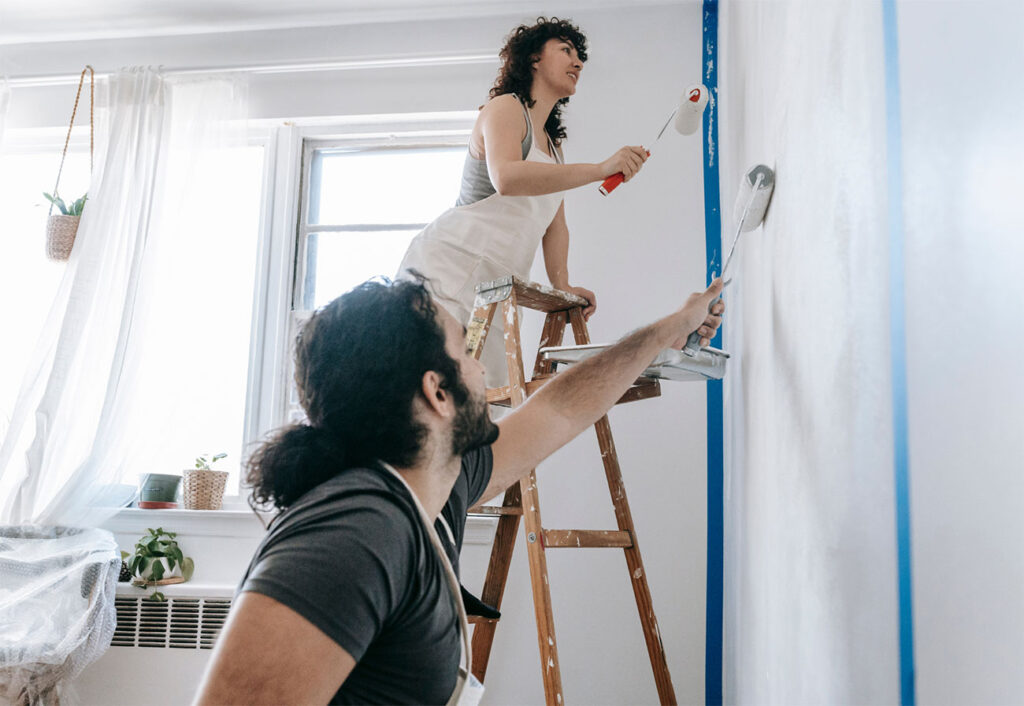
Is all white paint the same colour?
Thought white was white? No Siree. There are literally thousands of white paint shades to choose from in Australia, some neutral, some with cool undertones and some with warm undertones. Most quality paint brands in Australia help by providing plenty of information about the product, but it’s up to you to test shades in different light throughout the day to ensure you choose the right one.
What is ‘warm white’ and ‘cool white’ paint?
According to British Paints, cool whites have undertones of blue or grey and are fabulous for a crisp finish in rooms that already get a lot of natural light. Warm white paints, on the other hand, have undertones of peaches, yellows and pinks. They are perfect for creating a cosy and inviting space (especially if there’s not a lot of natural light) and look especially great in traditional and country homes.
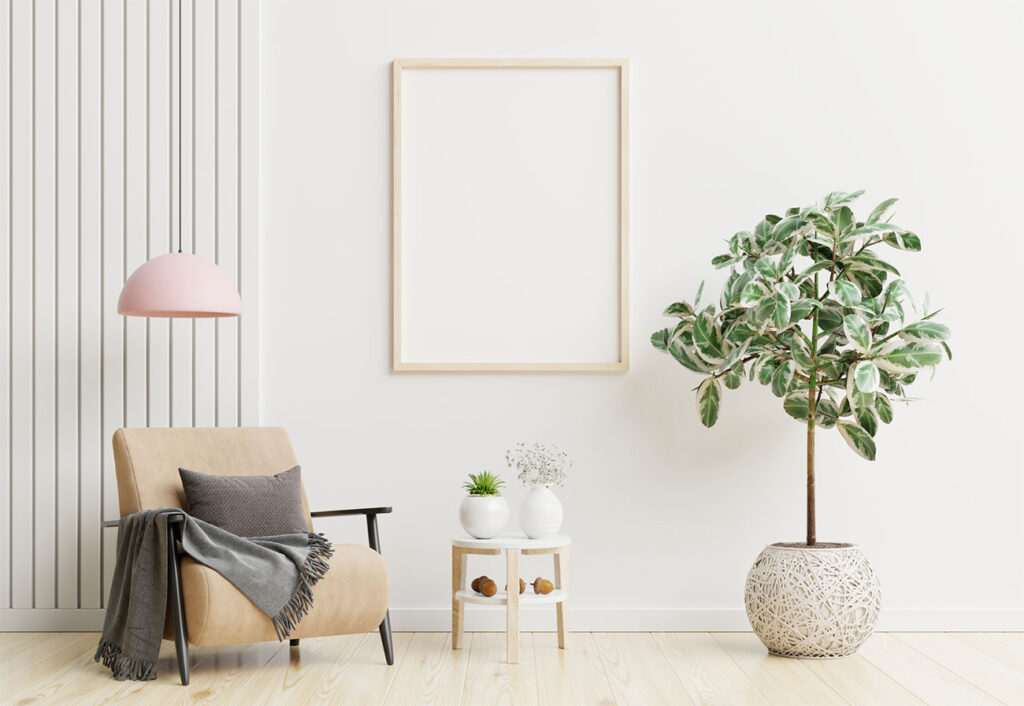
Why does white paint look blue?
There are three main reasons why white paint sometimes looks blue on the walls:
- Reflection – Interior walls actually reflect other colours in the room picked up from things like floor coverings, furniture, curtains and blinds. So if you happen to have blue carpet, for example, this will likely cause your white paint to throw a blue tinge.
- Lighting – From light globes to natural light and shadow, all kinds of lighting contribute to the appearance of your white walls. Fluorescent globes and LEDs labelled as ‘cool’ tend to throw a blue tinge against white walls. Also, take into account the natural light in the room; shadow and morning light have a cooler tone than bright afternoon sun.
- Paint undertones – As mentioned above, different white paints have different undertones. Some use a blue or grey undertone which creates a very crisp finish that can appear blue in certain light.
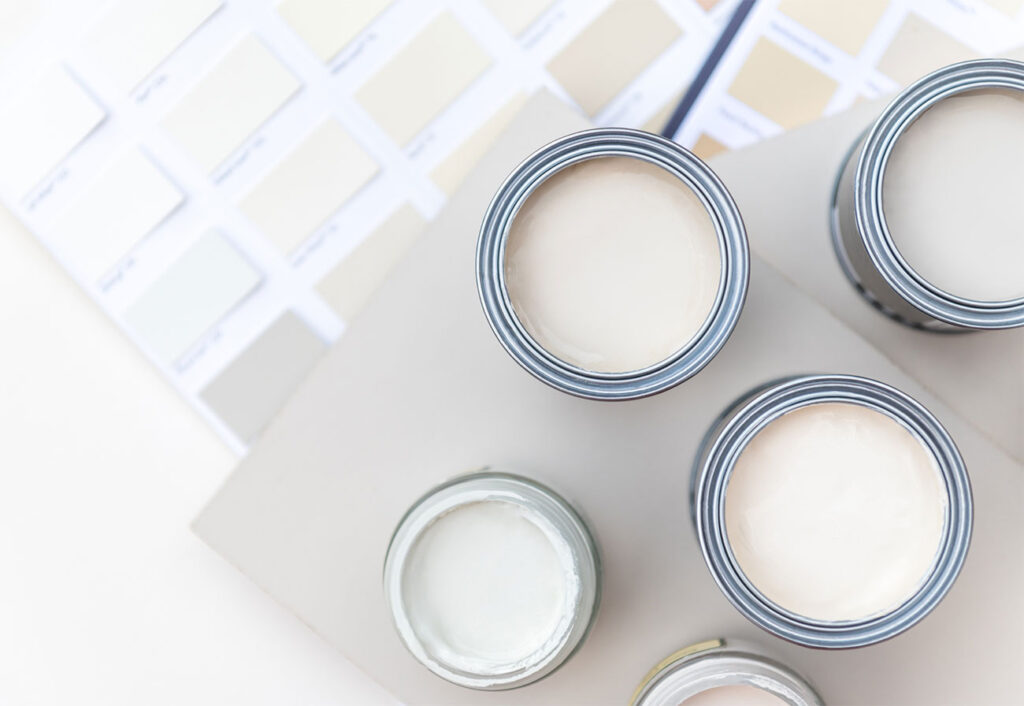
What to do when your white paint looks blue
If you’re faced with white walls with a distinct blue hue, don’t worry. If a few tweaks to the space don’t fix it, re-painting is always an option. Yes, it means more time, money and effort, but if you’re miserable about the blue tinge, a repaint is well worth it.
Change the light bulbs
Cool-toned bulbs are often the culprit when white walls appear blue. Pick up some warm white bulbs from your supermarket, hardware store or Big W. This could be all it takes to fix your pesky blue hue.
Add more natural light
A dimly lit room produces more blue and purple tones than a well-lit one. According to a renovator, think twice about painting a dark room white. Instead “work with the light you have, rather than trying to fake it. Dark rooms actually look best painted an intense shade.”
Take stock of your furnishings
White walls reflect the colours used in furnishings, so take stock of what’s in the room, from curtains to couches. Remove furniture that has a lot of cool tones and replace it with warm-toned items to see if makes a difference. Often, along with the right globes, this is enough to balance things out.
Add a contrasting wall (or section)
Feeling brave enough to pick up another brush? One way to change the look of a blueish-white wall is to use colour blocking. This just means that you add a contrasting paint to the room to offset the blue tinge.
Cover it up with wall art
Bothered by the blue tinge but don’t want to re-paint? A practical option is to add a gallery wall. Just take special care to choose artwork with warmer tones that will help make the blue seem less obvious.
Cut your losses and re-paint!
If all else fails, it’s time to reach for your painting gloves and try again. But first, head to your hardware store and talk to a professional about the best shades of white. Be sure to explain what you used previously and what desired effect you want. Once armed with new swatches and samples, properly colour-test them on the walls and prepare well for painting.
How to test a white paint:
- Buy sample tins in different sheens
- Paint sample patches directly onto your walls (2 coats!)
- Observe the paint in a different light and at different times of the day (remember, morning light is cooler!)
Wondering what colour to paint the cornice? Check out our post for the lowdown.

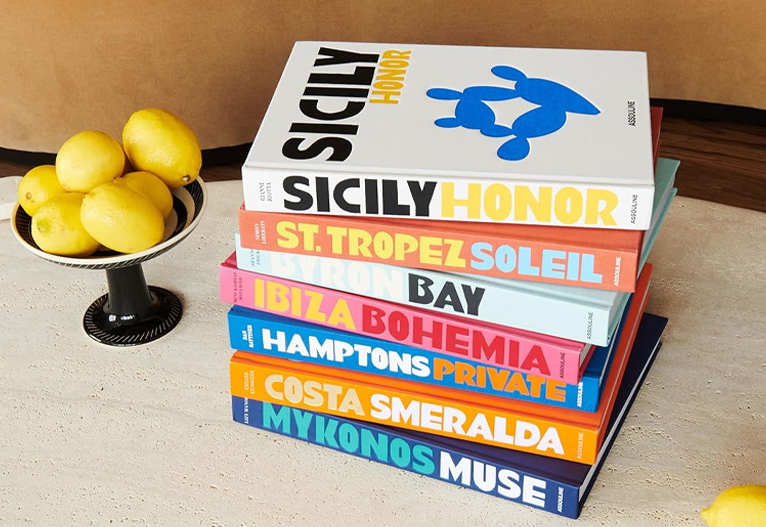
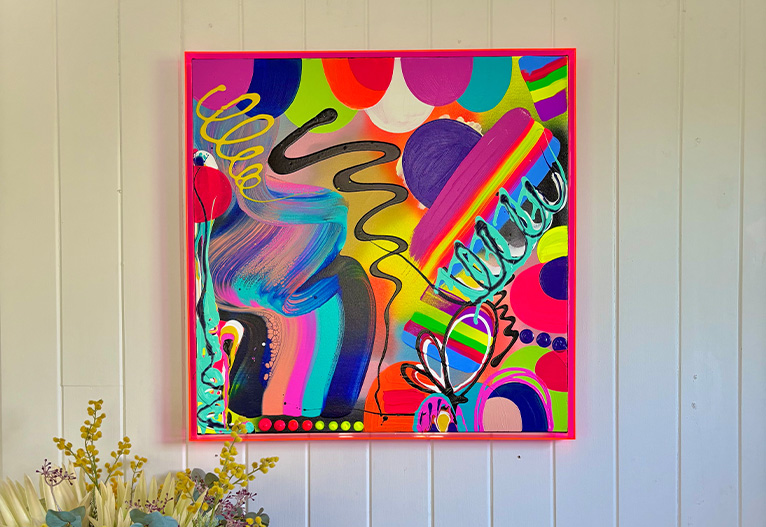
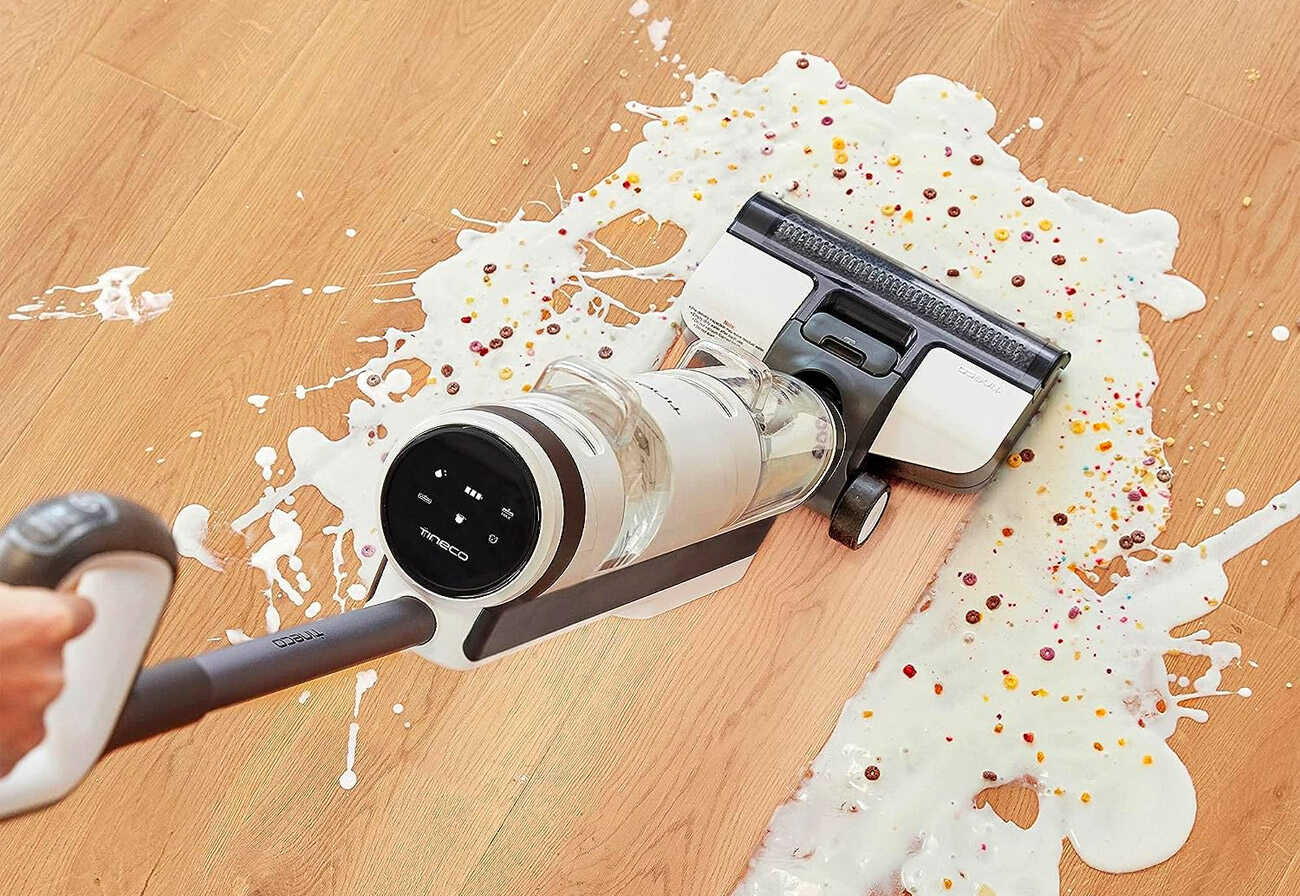
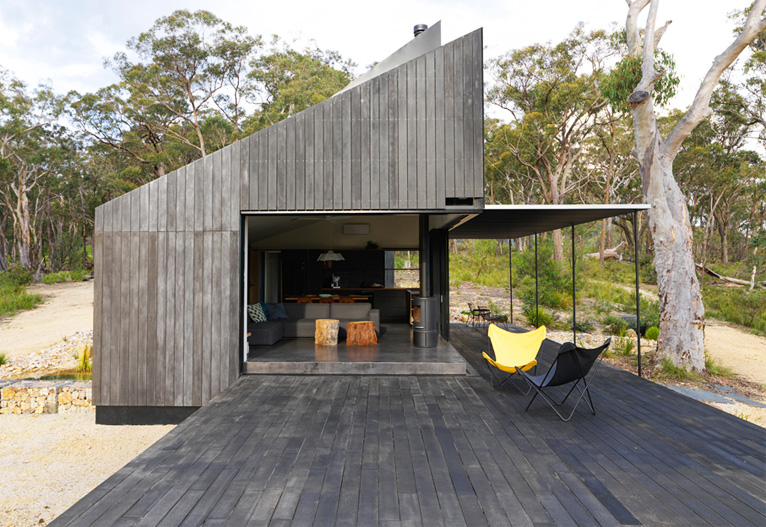

-

-
-
MH514261, NSW
- 30 Nov 2025
-

-
-
MH513363, QLD
- 31 Aug 2025
-
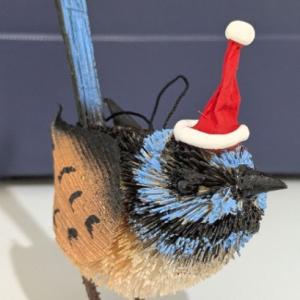
-
-
ChiWren, QLD
- 30 Aug 2025
-

-
-
MH513376, WA
- 04 Aug 2025
-

-
-
MH514261, NSW
- 10 Apr 2025
Post a commentTo post a review/comment please join us or login so we can allocate your points.